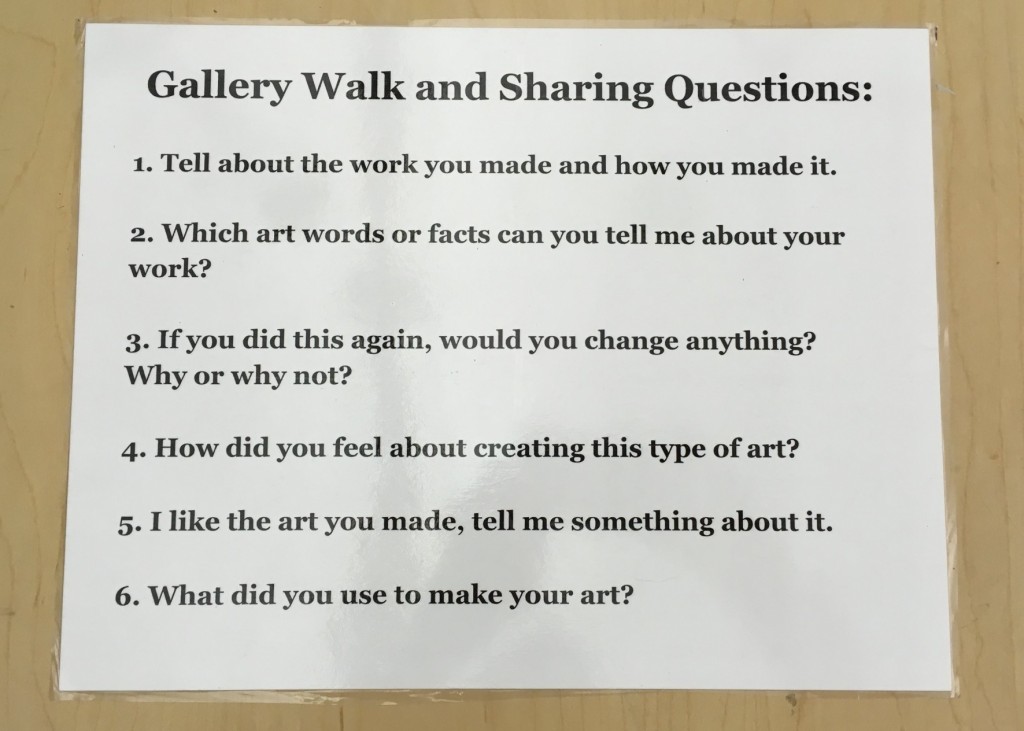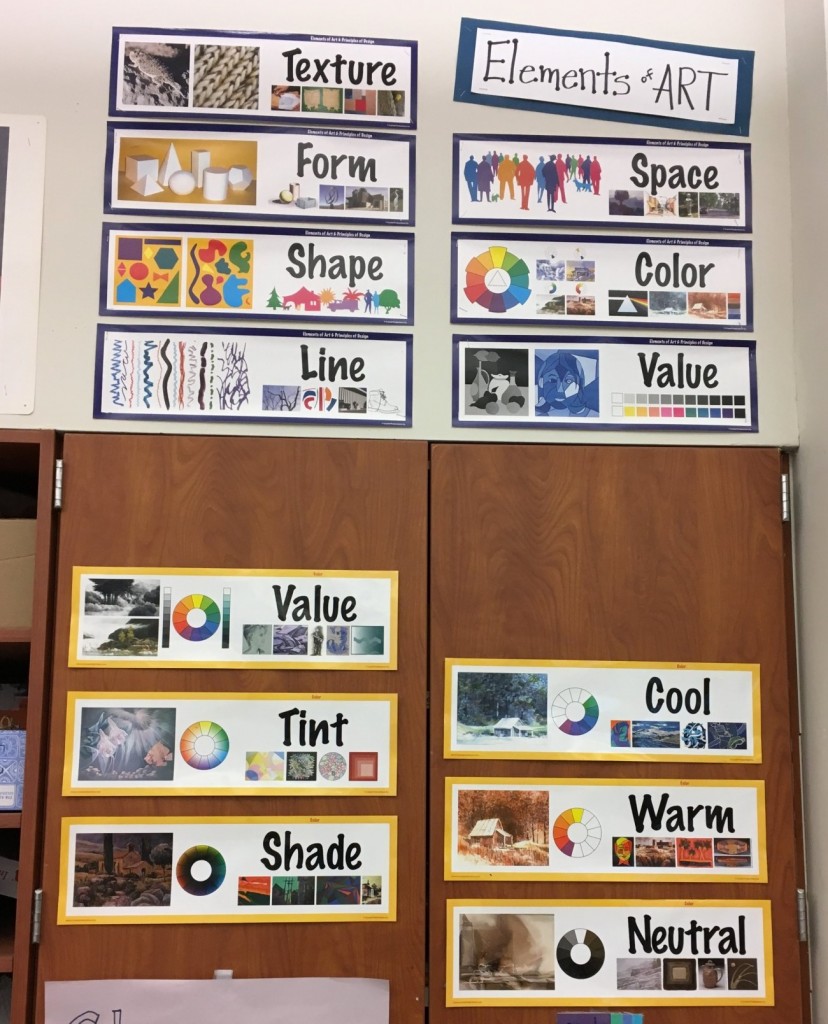Student Reflection and ELA Growth in the Art Room
2 Min Read • SLO
Increasing student growth is what teaching is all about!
For one of my goals this year, I have been focusing on strengthening student communication: Students will demonstrate proficiency and fluency in their ability to meet the literacy demands of an interconnected world. Students will also share what they chose to create in the art studio with a global audience. Read about this global part of my goal, here.
My second goal dovetails with the first: students need practice communicating with others and reflecting about their learning process. Viewing art, talking about art, using art vocabulary and listening to conversations in the art studio are ways to increase student communication skills.
Remember, to be certain that there has been an increase in student growth, you must assess students before and after learning. Create and use rubrics to measure the content you want students to master.
Artist Statements
Have students create artist statements to practice describing their artistic process and their work. I created mine with inspiration from this page of Menlo Park’s Art Studio. All students write an artist statement for the yearly art show, and we practice writing different parts throughout the school year.

Laminated cards for gallery walk
Model, model, model
Students will not know what is expected if they never hear or see what is actually expected. I model reflection by speaking aloud as I work and demonstrate. Students practice the questions by asking and answering them during a gallery walk.
Gallery Walks
During a gallery walk, students put their finished or unfinished work on their table. Everyone walks around the room to see everything created by their peers. Since I teach many elementary grades, I created double-sided cards so all students would have various prompts to ask classmates about their work. One side is pictured above, the other side has questions more suitable for beginning readers.
Again, I show students how to use the questions by using them with one of their peers.
Practice Visual Art Language
Every learning space can become a language-rich environment. I have visual art language posted all over the art studio. I point out words to students during appropriate times in class. My students can look up to see the elements and principles of art, color words and class procedures.
Students must practice what is expected for instructional growth to occur. I discovered these cool, customizable fortune tellers and had my fifth grade students cut and fold them. Students use them in pairs: I created these with questions designed so students would use visual art language to describe their creations. Check out the blank templates from this site and create your own! My fifth grade students think these are cool to use. I love it when that happens.
How do you promote growth in visual arts and language arts in your classroom?





